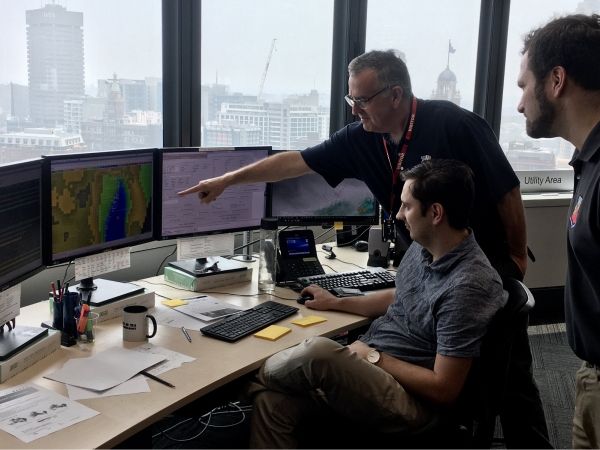With more than a hundred wildfires burning across Australia, the Aussie government reached out to the United States for assistance, and NOAA jumped into action. A team of NOAA National Weather Service Incident Meteorologists (IMETs) have deployed Down Under to help with the firefighting effort.
Weather plays a significant role in how easily a wildfire may start, how fast it spreads, where the fire and smoke will move, and how dangerous it can become. Once a fire has ignited, weather, terrain and fuels will determine its course. Accurate weather forecasts provide critical information needed to contain wildfires and to keep firefighters on the front lines safe.
NOAA’s highly trained Incident Meteorologists are working alongside their Australian counterparts to provide specialized weather forecasts that support firefighting decisions. Fire managers use these forecasts to plan how best to suppress the fires and to keep the battalions safe from sudden wind shifts. IMETs spend long days interpreting weather information, assessing its effect on the fire and briefing fire crews and decision makers. IMETs are specially trained in fire weather prediction and providing decision support to fire managers.
Forecasting for a wildfire is different from general weather forecasting, and requires unique knowledge and skills. For example, fires can create their own weather such as firestorms that produce dry lightning or send embers miles away from the storm. And a fire whirl, a swirling column of fire, is extremely hot and can be transient, making them very dangerous. Fire forecasters use a wide range of tools to get the job done. They closely monitor real-time observations of the atmosphere, such as wind, temperature and humidity, and they use advanced forecast models to predict weather parameters that will exacerbate current fires or create new starts.
Continue reading at National Weather Service
Image via National Weather Service


